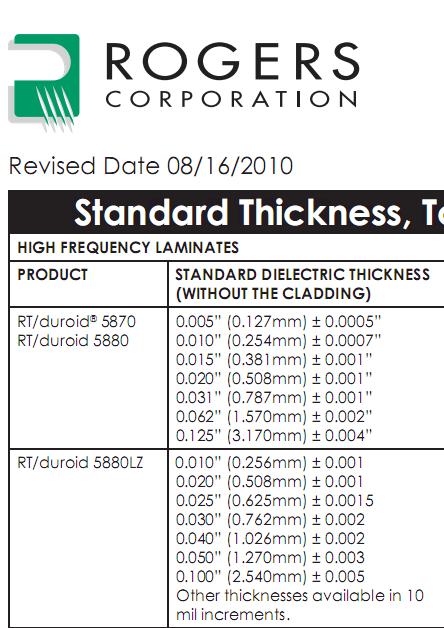nina KO
Junior Member level 1

I am currently working on patches antennas metamaterials, I'm stuck on the dimensions of antennas and I do not know how is the design of these antennas in HFSS, I hope someone can help me ! nina:smile:



